REPORT: Programming & Delivery Models During the Pandemic
The pandemic changed everything. Libraries closed and then needed to re-invent how to deliver programs. We wanted to know….What happened in your library? Did you introduce new ways to deliver maker programs (STEM, STEAM Arts. Crafts. Tech. DIY offerings)? What did you do and what did the staff have to learn to make it happen? Did you reach new audiences? What innovations will you continue to offer post-pandemic?
In Spring 2022 we conducted a survey to help us better understand how public libraries created new programs and delivery models for maker activities due to the pandemic. Libraries across the country responded, and the resulting report helps us understand how maker programs have shifted both temporarily and sometimes permanently, and will inform us as we develop new, updated content for the Makers in the Library Toolkit..
Who responded to the survey?
Our report is based on 126 responses from public libraries across the country. Libraries of all different sizes and geographic locations with diversity of demographics, from rural and small, to suburban systems, to urban branches and everything in between. And of these, over 2/3 of suburban and urban libraries and 41 % of rural libraries before the pandemic had a dedicated space for maker activities in their library, while most others used their multipurpose programming space or area onsite for hosting their program. During the pandemic however, when the library was closed, they had to pivot and find new ways and platforms to deliver their programs.
What were some of the new program delivery models?
From developing kits for patrons to pick up (for adult, teen and children’s programming alike) to producing livestream video programs, to launching a series of videos on YouTube, to developing a range of check out kits, libraries used their materials and learned new skills to bring creative arts and STEAM programs to their patrons even when their doors were closed, and we have heard that many plan to continue to offer some of these because they found they were reaching many new audiences that might never have attended library programs before. Over half of respondents reported that via these new program models they were able to reach new people who were not regular library patrons during the pandemic.
Ways of innovating on program delivery models during the pandemic, by community type
What does this mean for current and future programs?
The gradual transition back to in-person makerspace programming has been informed and influenced by what they had to learn and do during the pandemic. The pandemic forced libraries to identify the key values and invent ways to meet needs of patrons in a virtual environment, which for some communities meant that staff had to learn technical media production skills. For other communities, especially in rural areas, this meant moving programs to offsite locations and outdoors since many of these areas have limited or no broadband access. Many noted that they cultivated a more flexible and adaptable mindset and became more adept at new modes of communication. Building on these new skills have the potential to add value to their future programs.
Libraries report that they were able to reach new populations during the pandemic with virtual maker programs
We want to hear about your program innovations
Just like any good research project, the survey results have made us curious to ask more questions and to learn more about the details of these types of programs. After reading this report, what do you wonder? How did you pivot your maker program during the pandemic? Do you have a story to share about how your library adapted and innovated during the pandemic? We would love to hear from you. Contact us at info@makersinthelibrary.org or share more library folks by posting your questions or other information on our Facebook Group, Makers in the Library.


